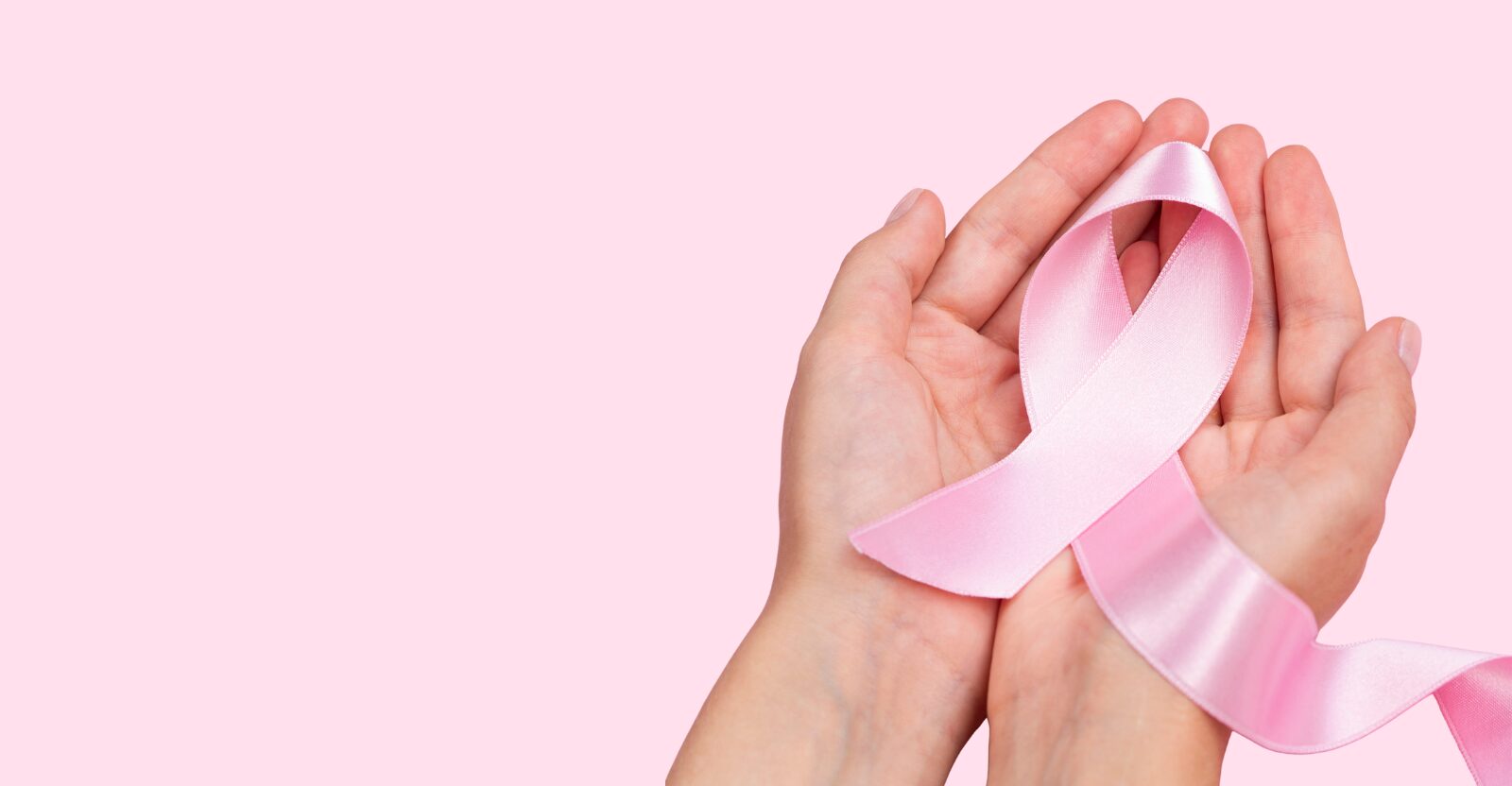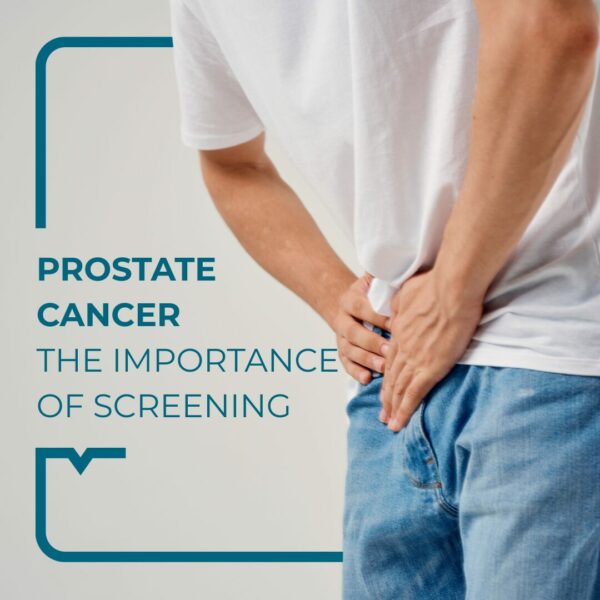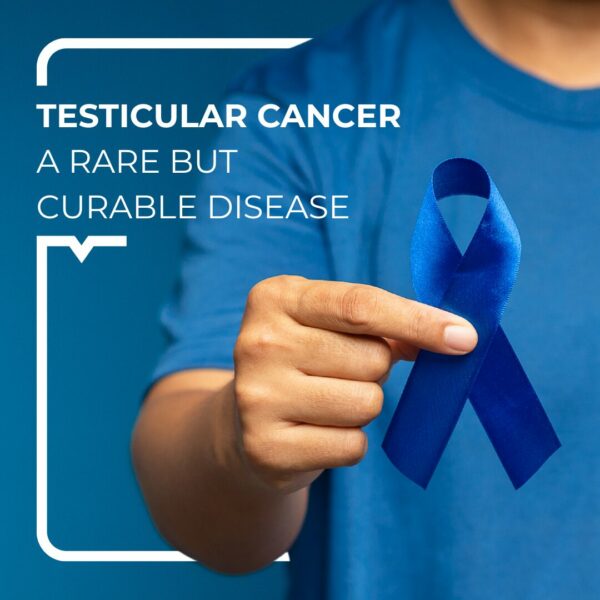Inês was lost in her thoughts when she felt a small, hard, and unusual lump just under the skin of her chest. This unexpected discovery triggered a wave of anxiety. She recalled the Pink October campaigns, which remind us every year of the crucial importance of vigilance and early detection.
But what exactly is breast cancer? What are the warning signs and symptoms to look out for, and why is early detection so vital for prognosis?
I – Breast cancer: general overview and scale of the issue
Breast cancer is a disease characterised by the uncontrolled growth of abnormal breast cells that form tumours. These cells originate in the milk ducts and/or lobules that produce milk. While the earliest form (in situ) does not threaten life, invasive cancers can spread to lymph nodes or other organs, forming potentially fatal metastases.
Breast cancer exists in every country in the world. In 2022, it was the leading cause of cancer in women in 157 out of 185 countries. An estimated 2.3 million women were diagnosed, and 670,000 died from the disease worldwide in 2022.
II – Who is at risk?
Breast cancer affects women of all ages from puberty onwards, with incidence increasing with age. Nearly 80% of cases develop after the age of 50. Being female is the most important risk factor, with men representing only about 0.5% to 1% of cases.
Other factors that increase the risk include:
- Age.
- Obesity.
- Smoking and excessive alcohol consumption.
- Family history of breast cancer.
- Genetic predisposition: certain hereditary mutations, particularly in the BRCA1, BRCA2 and PALB2 genes.
- Lack of physical activity.
- Certain personal or family medical history.
It is important to note that about half of breast cancer cases occur in women with no specific risk factor other than sex and age.
III – Warning signs and early detection
In the early stages, breast cancer is often asymptomatic. Early detection is therefore fundamental and relies on two main components: early diagnosis and screening.
You should consult a healthcare professional as soon as you notice any unusual changes.
Symptoms include:
- A lump or thickening in the breast or under the arm, often painless.
- Changes in the size, shape, or appearance of the breast.
- Skin changes such as dimpling, redness, swelling, or an orange-peel texture.
- Alterations in the appearance of the nipple or areola (retraction, discharge, or abnormal/bloody secretion).
Even though most lumps are benign, clinical evaluation is essential. Treatment is more effective when tumours are small and have not spread to nearby lymph nodes.
Mammography screening makes it possible to detect lesions before symptoms appear. It is offered to women who appear to be in good health, generally aged 50 to 69 according to the WHO, or 50 to 74 according to the French programme. In addition, an annual breast examination by a doctor is recommended for all women from the age of 25. This screening protocol remains the same for women with breast implants.
IV – Treatment and hope
Breast cancer treatment is personalised. It typically combines surgery (lumpectomy or mastectomy), radiotherapy, and medication (chemotherapy, hormone therapy, or targeted biological therapy).
The progress made in breast cancer care is remarkable. Today, treatments are highly effective when started early and carried through to completion. In high-income countries, breast cancer mortality has fallen by 40% between the 1980s and 2020. Early diagnosis and treatment are key to reducing the burden of this disease.
“Detecting cancer as early and as small as possible means ensuring the least possible trouble.” – Natacha Espié (psychologist)



